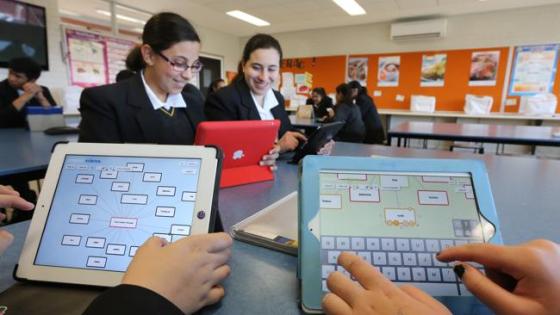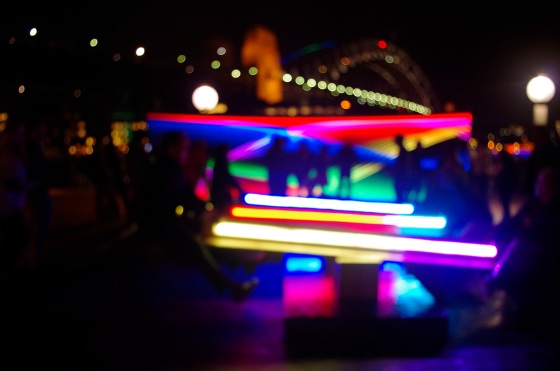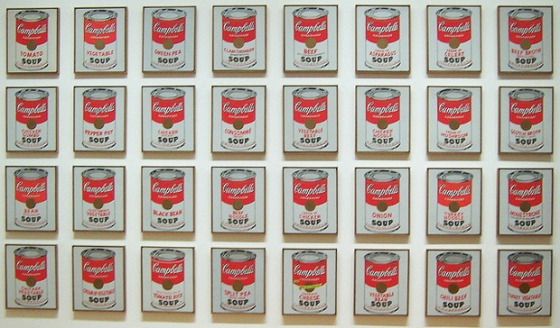This week I watched two intriguing videos online. One was a discussion between New York Times columnist David Carr and Bloomberg Media Chairman Andrew Lack, the other was a TED Talk presented by author, journalist and media critic Tom Rosentiel. Both videos explored issues surrounding digital technologies, journalism and media.
I consider myself lucky, belonging to a demographic that has had the privilege of witnessing (and being a part of) this massive, global transition to online media – at such a fragile time of mental and physical growth. These overwhelming, crazy changes to information and communication technologies came about at a curious time of my adolescence. Between the ages of 11-13 I was only just beginning to find my place, attempting to identify myself in this world. I enjoyed reading and writing, and the idea of being a journalist interested me (although I did not quite understand the role of journalism back then). I remember picking up a popular teenage girls’ magazine, Girlfriend. I knew that journalists produced the content, so I would flick through not only recreationally, but also for a sense of guidance I suppose. What struck me, and made me never pick up one of these magazines again, was a giant, bold phrase on the front cover, accompanied with an unblemished, beautiful woman, “SKIPPING BREAKFAST MAKES YOU SKINNY”. This was a confusing message for me, because I had never thought about the number on the scales at this age. In addition, it contradicted my previous knowledge (from school and family) of breakfast being the most important meal of the day. So I was at a crossroad – believe these words and images; from a source I have no personal connection with, or ditch it and vow never to purchase the magazine again. I chose the latter. Looking back, that title still rubs me the wrong way. It also tainted my perception of commercial journalists, and my desire to be one. To think that there was a whole article inside a magazine targeted at teenage girls, blatantly attempting to convince them to compensate a healthy diet for an idealistic reality (a body which most young girls are not aware they wanted). This is one of the only magazines I ever picked up when I was younger, so I dread to think how many inappropriate articles were falsely educating the minds of girls.
I digress; this long-winded story did have a point. I simply wanted to express my gratitude and appreciation for the modern structure that journalism is steering towards today, thanks to the participation of consumers. No more authoritarian, one-way process between journalist and audience. I wanted to use my experience with the magazine to demonstrate some of the limitations in traditional media forms. As I stated, my only two options were to continue reading and purchasing those magazines, just ‘cause that’s all that was available to me at the time… or ditch it and find something else. Now, in 2014, if an organisation were to publish that exact headline, I can only imagine the stir it would cause online; aggressive posts on their Facebook profile, abusive mentions on their Twitter page, and comments from people around the world who work in nutrition and health, all putting their two cents in.
When I come across material that explores journalistic practice in a digital age, there is one recurring thought that stays with me, to try make sense of it all. I think of journalism as a system – it involves ethics, hierarchy and provides a service. Much like a democratic government. We elect our government. In a sense, this same logic is being applied to the structure journalism. For so long journalists have provided citizens with a service, without actually engaging them. Audiences and journalists can now work together to create a system that utilises tools from both parties, ultimately (hopefully) aiming to achieve a consistent, convenient, trustworthy and reliable industry.
Reference List:
Rosenstiel, T 2013, The Future of Journalism, TED X online video, YouTube, accessed 17 April 2014 <http://www.youtube.com/watch?v=RuBE_dP900Y>
bu, 2014, NYT’s David Carr on the Future of Journalism, online video, YouTube, accessed 17 April 2014, <https://www.youtube.com/watch?feature=player_embedded&v=WPlazqH0TdA>
Comments:



